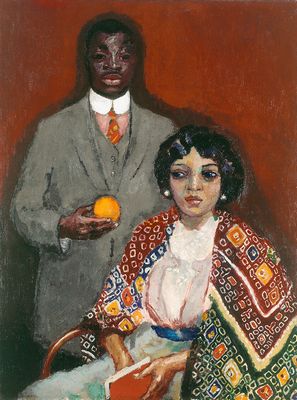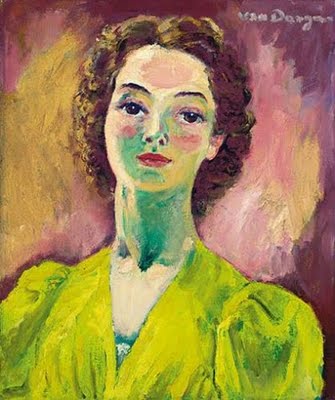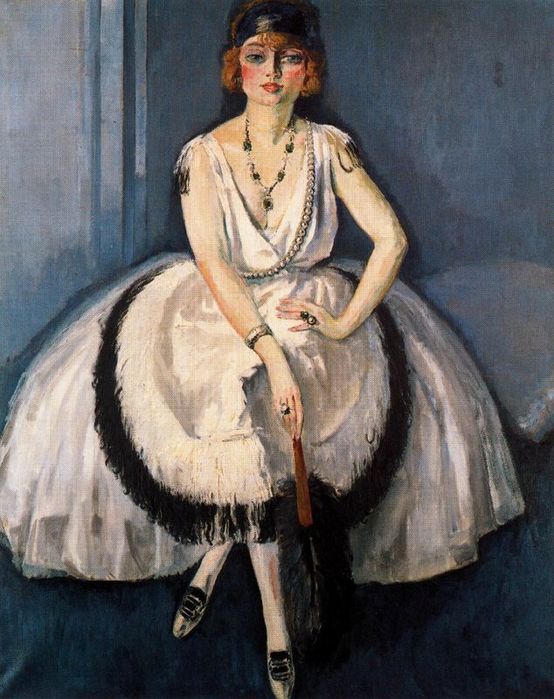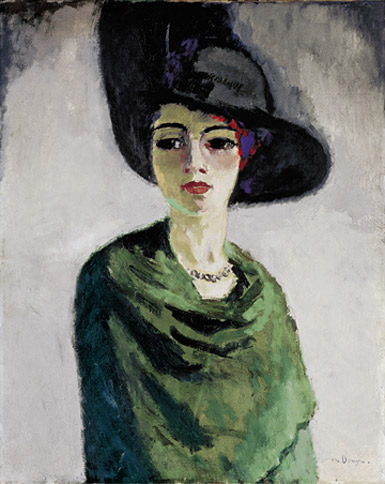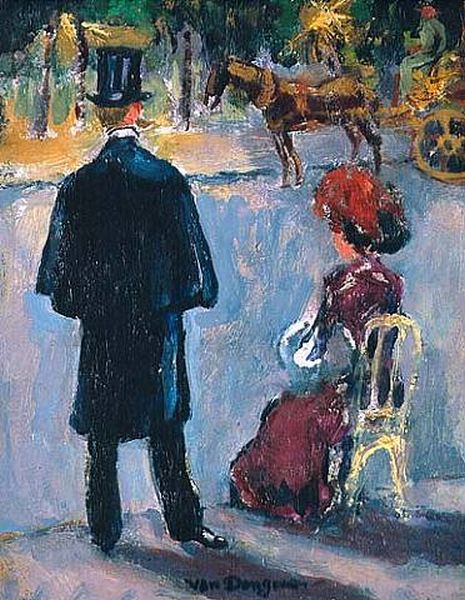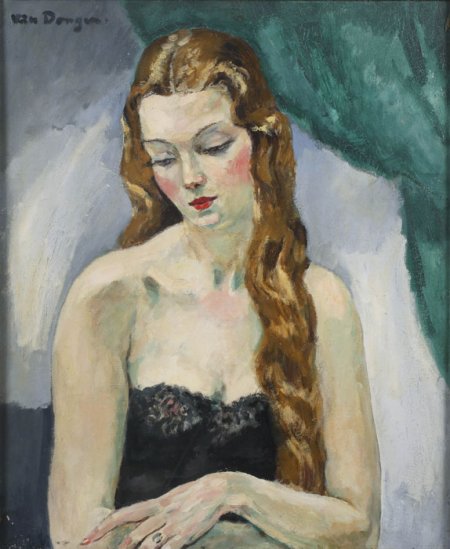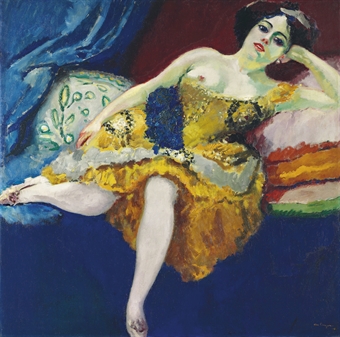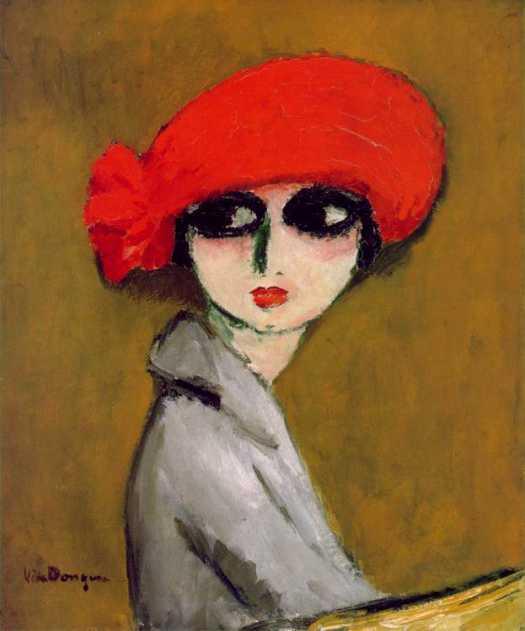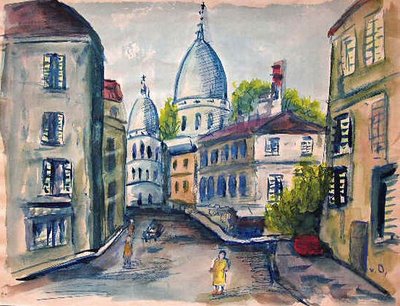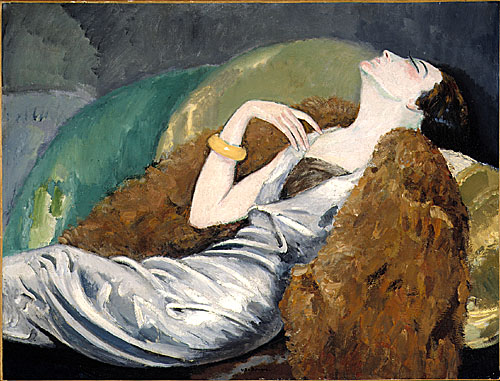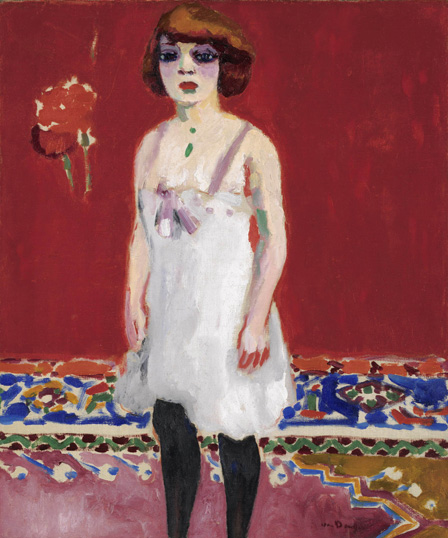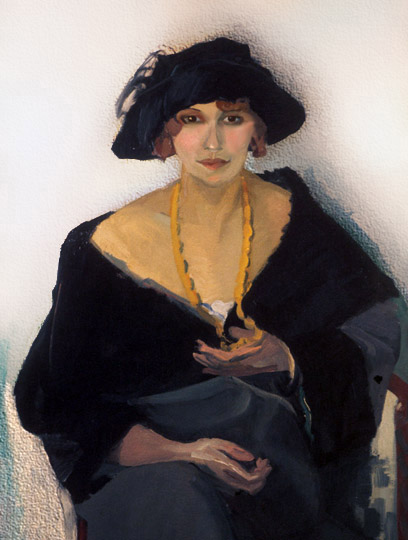<Back to Index>
- Explorer Pierre Paul François Camille Savorgnan de Brazza, 1852
- Painter Cornelis Theodorus Maria van Dongen, 1877
- General Secretary of the Romanian Communist Party Nicolae Ceauşescu, 1918
PAGE SPONSOR
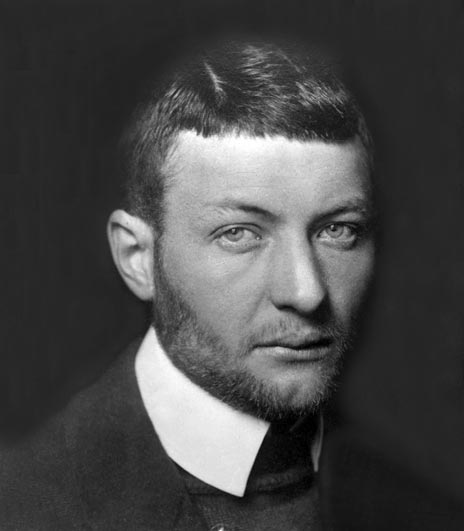
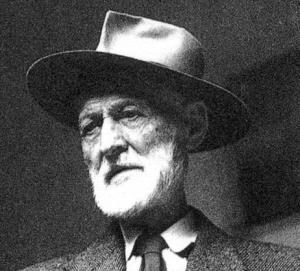
Cornelis Theodorus Maria van Dongen (January 26, 1877 – May 28, 1968), usually known as Kees van Dongen or just Van Dongen, was a Dutch painter and one of the Fauves. He gained a reputation for his sensuous, at times garish, portraits.
Kees van Dongen was born in Delfshaven, then on the outskirts, and today a borough, of Rotterdam. In 1892, at age 16, Kees van Dongen started his studies at the Royal Academy of Fine Arts in Rotterdam. During this period from 1892 to 1897, van Dongen frequented the Red Quarter seaport area, where he drew scenes of sailors and prostitutes.
In 1897 he lived in Paris for several months. In December 1899 he returned to Paris to join Augusta Preitinger ("Guus"),
whom he had met at the Academy. They married on July 11, 1901 (they
divorced in 1921). He began to exhibit in Paris, including the
controversial 1905 exhibition Salon d'Automne, in a room featuring Henri Matisse amongst others. The bright colours of this group of artists led to them being called Fauves ('Wild Beasts'). (He was also briefly a member of the German Expressionist group Die Brücke.) In these years he was part of an avant garde wave of painters — Maurice de Vlaminck, Othon Friesz, Henri Rousseau, Robert Delaunay, Albert Marquet, Edouard Vuillard — who incarnated hopes of a renewal in painting stuck in Neo-impressionism. In 1906 the couple moved to the Bateau Lavoir at 13 rue Ravignan, where they were friends with the circle surrounding Pablo Picasso and his girlfriend Fernande Olivier. In addition to selling his paintings, van Dongen also gained an income by selling satirical sketches to the newspaper 'Revue Blanche' and organising very successful costume balls in Montparnasse to gain extra income. Under the influence of Jasmy Jacob,
amongst others, Kees van Dongen developed the lush colours of his
Fauvist style. This gained him a solid reputation with the French
bourgeoisie and a resultant profitable lifestyle. As a fashionable
portraitist his subjects included Arletty, Leopold III of Belgium, Louis Barthou, Sacha Guitry, Anna de Noailles, Maurice Chevalier.
With a playful cynicism he remarked of his popularity as a portraitist
with high society women; ' The essential thing is to elongate the women
and especially to make them slim. After that it just remains to enlarge
their jewels. They are ravished.' A remark that allies itself to
another of his sayings - ' Painting is the most beautiful of lies.' In 1926 he was awarded the Legion of Honour and in 1927 the Order of the Crown of Belgium. In 1929 he received French nationality and two of his works were admitted to the Musée du Luxembourg. The social and commercial appeal of his later work (including a 1959 portrait of Brigitte Bardot, - little black dress, hair tousled, luscious mouthed) did not match the artistic promise or the bohemian eroticism of his earlier years. Kees van Dongen died in his home in Monte Carlo in 1968.
